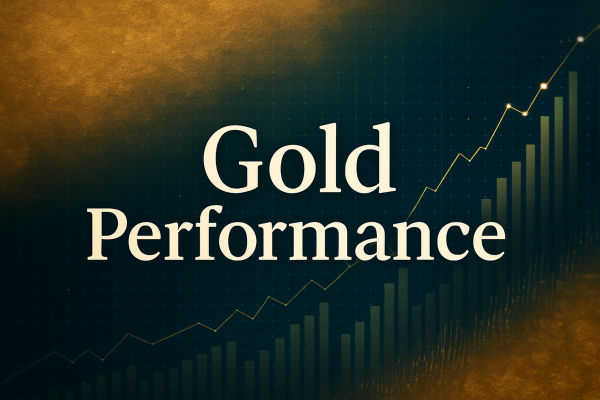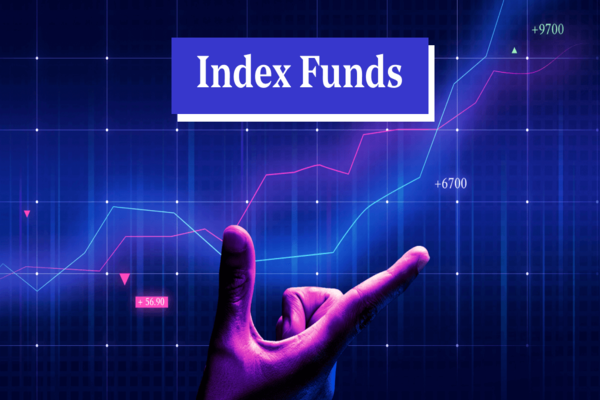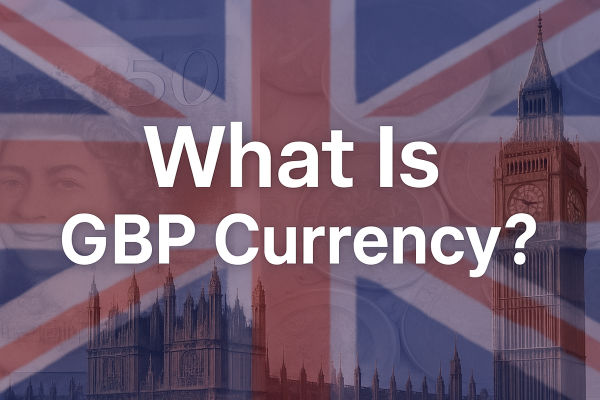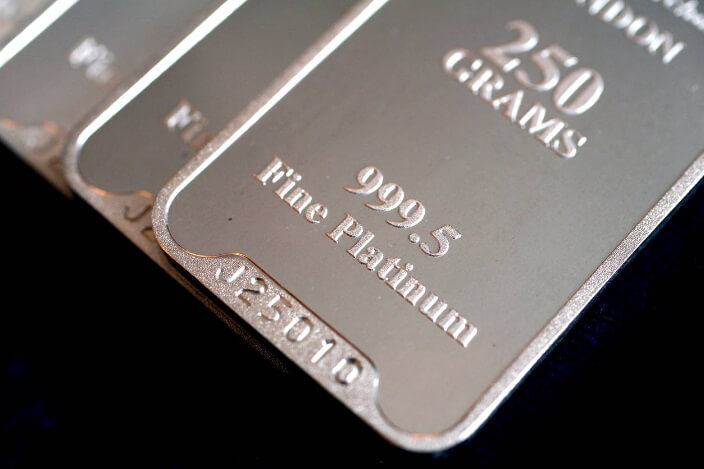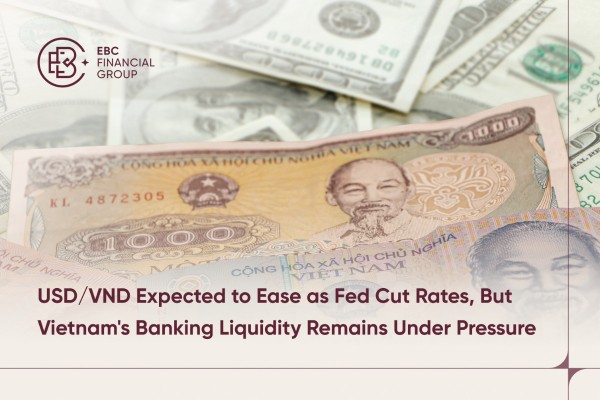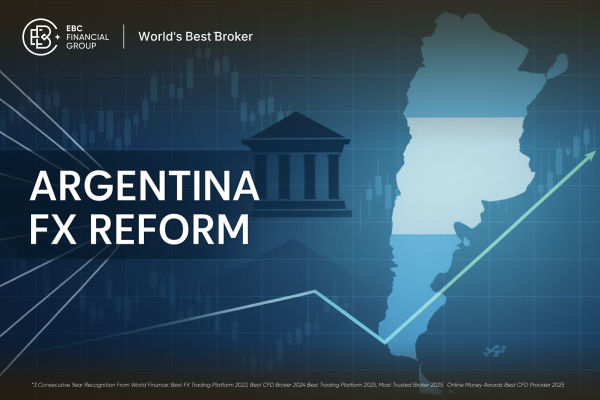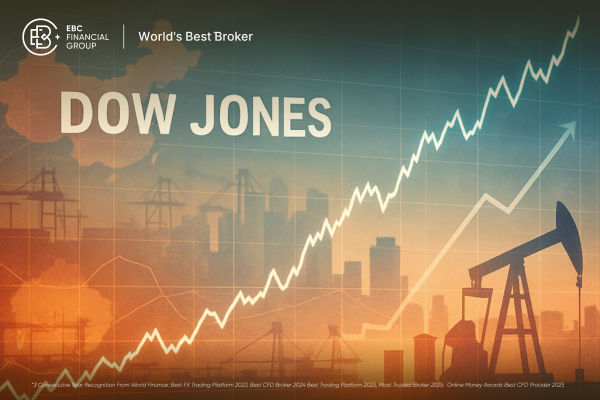Gold is among the oldest assets in finance, yet its behavior is closely linked to a modern monetary tool: interest rates. Central banks adjust rates to control inflation, manage economic growth, and stabilize currencies. These changes reverberate through global markets, often placing gold at the center of financial shifts.
For decades, analysts and traders have debated whether rising or falling rates benefit gold. At first glance, the relationship appears straightforward: higher rates make gold less appealing since it yields nothing, while lower rates reduce the opportunity cost of owning gold. However, the link is more complex. Inflation expectations, currency movements, and investor sentiment all interact with interest rates to influence gold’s performance.
Understanding this complexity, this guide unpacks how interest rates affect gold performance, drawing on historical examples, market dynamics, and strategic insights for investors.

The Fundamental Link: Opportunity Cost of Holding Gold
Gold does not pay dividends or interest. When interest rates rise, fixed-income securities like bonds become more attractive, pulling investment away from non-yielding assets. This is why periods of rising rates often see weaker gold performance.
Conversely, when rates fall or when real interest rates (nominal rates minus inflation) are negative, gold shines. Investors no longer gain meaningful returns from cash or bonds, so the relative appeal of gold improves. The opportunity cost argument is the bedrock of the rate–gold relationship and helps explain much of its long-term behaviour.
Inflation, Real Rates, and Gold Performance
While nominal interest rates grab headlines, what really matters for gold performance are real interest rates. If inflation is running at 5% while rates are at 3%, the real rate is negative at –2%. This environment historically supports gold because it preserves purchasing power while cash and bonds are being eroded.
The 1970s offer the clearest historical case. Inflation surged while interest rates lagged, creating deeply negative real rates. Gold performance exploded, rising more than 20-fold in less than a decade. Similarly, in the aftermath of the 2008 financial crisis, central banks slashed rates to near zero while inflationary concerns lingered, boosting gold to record highs by 2011.
On the other hand, periods of positive real rates tend to cap gold performance. For example, during the mid-1980s and late 1990s, when the US Federal Reserve maintained rates well above inflation, gold prices stagnated.
The Dollar Connection: Interest Rates and Currency
Interest rates also affect currencies, especially the US dollar. A stronger dollar often pressures gold performance since gold is priced in dollars globally. When rates rise in the US, dollar assets become more attractive, and gold, being dollar-denominated, tends to fall in relative terms.
Conversely, when rates are cut or expectations shift toward looser policy, the dollar weakens. In these periods, gold performance typically improves, not just because of lower opportunity costs, but also because non-US buyers find it cheaper in their own currencies.
This currency dynamic explains why gold’s relationship with rates is not one-dimensional — it is filtered through the broader strength or weakness of the dollar.
Short-Term vs. Long-Term Gold Performance
In the short term, gold performance can defy expectations. There are periods when gold rallies despite rising rates, often because investors anticipate inflation, geopolitical risks, or financial instability. Similarly, gold can decline during falling-rate cycles if markets believe growth prospects are improving and risk appetite is strong.
The main takeaway: Over the long term, sustained low or negative real interest rates generally support gold, while prolonged high real rates tend to weigh on its performance.
Gold Performance in the Modern Market
The modern market environment adds another layer of complexity. Today, investors can access gold not only through physical bullion but also via ETFs, futures, and options. These vehicles magnify the impact of interest rate changes, as they allow for faster trading and greater capital flows.
In addition, gold now competes with alternative assets like cryptocurrencies, which some investors label as “digital gold”. While Bitcoin has shown episodes of inverse correlation to real rates, its volatility means gold performance remains a more stable and widely trusted form of insurance.
Another modern factor is central bank behaviour. In recent years, central banks have been net buyers of gold, particularly in emerging markets. This demand adds a layer of structural support for gold performance regardless of rate cycles.
Strategies for Investors: Using Rates to Time Gold
For traders and investors, understanding the interest rate–gold relationship can guide allocation and strategy.
When central banks are in a tightening cycle with positive real rates, gold performance may lag, suggesting a reduced allocation or short-term trading approach. On the other hand, during easing cycles, or when inflation expectations run ahead of nominal rates, gold tends to perform well, justifying a larger allocation.
Importantly, investors should focus not only on current rate levels but also on expectations. Markets move ahead of official policy. If traders believe cuts are coming, gold performance may improve well before the first actual rate move.
Given these strategic approaches, should investors still rely on gold as a rate hedge today?
Sceptics argue that the link between gold and rates has weakened, pointing to periods of divergence. For example, during parts of the 2015–2019 rate-hike cycle, gold performance held up relatively well. This indicates that other forces, such as geopolitical risk, can override rate dynamics.
Still, over decades of data, the connection between real interest rates and gold performance is one of the most reliable macroeconomic relationships in markets. While not perfect in every short-term fluctuation, it remains a core driver investors cannot ignore.
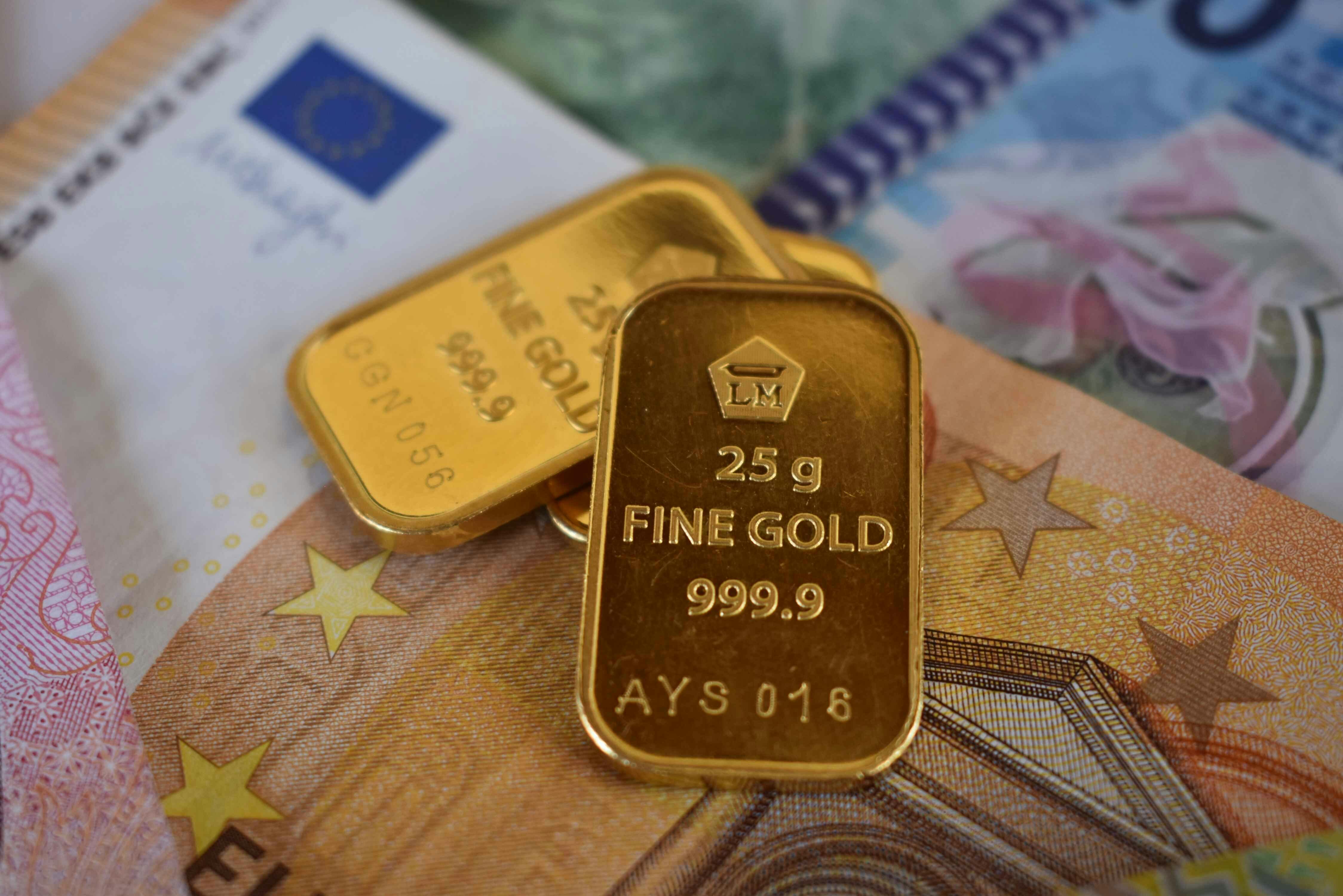
Final Thoughts: Rates, Gold, and the Bigger Picture
Gold performance is inseparable from the broader interest-rate environment. Rising real rates typically suppress gold, while falling or negative real rates fuel its rise. Yet investors must also consider inflation, currency moves, central bank demand, and market sentiment when interpreting the rate–gold link.
For modern portfolios, gold continues to serve as a hedge and a diversifier. While it may not outperform in every environment, its relationship with interest rates makes it a valuable tool for managing risk. Understanding this connection allows investors to position themselves more effectively, whether they view gold as insurance, speculation, or long-term wealth preservation.
Disclaimer: This material is for general information purposes only and is not intended as (and should not be considered to be) financial, investment or other advice on which reliance should be placed. No opinion given in the material constitutes a recommendation by EBC or the author that any particular investment, security, transaction or investment strategy is suitable for any specific person.
